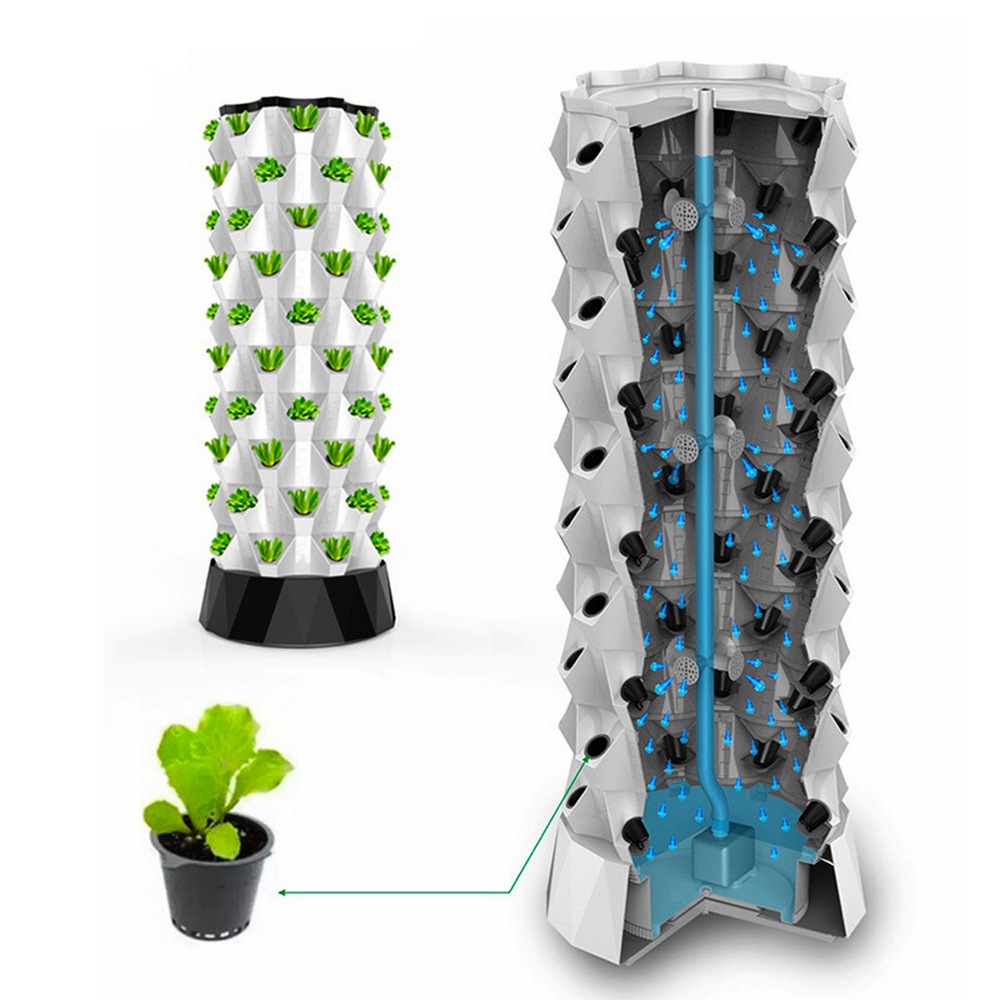this post was submitted on 26 Jun 2023
276 points (98.3% liked)
Solarpunk
5497 readers
79 users here now
The space to discuss Solarpunk itself and Solarpunk related stuff that doesn't fit elsewhere.
Join our chat: Movim or XMPP client.
founded 2 years ago
MODERATORS
you are viewing a single comment's thread
view the rest of the comments
view the rest of the comments

This is a hard one for me because I love technology and especially plant-related technology. However, I'm also a big advocate of appropriate technology. Vertical farming seems, to me, to be a niche technology, not a total solution. Vertical will be a part of total food production, but only for specific crops in specific circumstances.
A crop needs to have certain properties to be a candidate for vertical. I've seen close up two examples of crops that seem very well suited to vertical: leafy greens (with numerous exceptions and caveats) and saffron. Peppers and tomatoes and other watery fruit crops are also good candidates.
Leafy greens fit the profile for a crop that is better to grow near to the consumer, for reasons of wastage. The really savvy lettuce growers have coupled their indoor facility design with plant breeding programs to optimize the plant for indoor conditions and even improve the nutritional value of the greens. The potential for optimizing the crop is immense. Being such a uniform product, efficiency gains from automation are already possible, too.
Saffron is a very high value spice produced from the male flower parts of a crocus. There is now commercial production of saffron in vertical farms. Individual crocus plants are very short, so the planting density is very high, because the shelves can be very close together and still be reachable by workers. Saffron is almost the opposite of leafy greens as a crop. It is value-dense (about $50 an ounce) and nutrient-dense. It also has a longer shelf life and is vastly more economical to ship.
Vertical farming is inherently capital intensive. Each crop is somewhat unique, enough so that a dedicated R&D effort is required for every new crop. Once some of these early ventures weather the current capital drought and the whole capital lifecycle of vertical farming is better understood, I hope to see continued capital investment bringing a greater variety of crops to vertical production.
We already know so much about how to make good soil and farm outside well and sustainably. There's still a role for concentrated capital in dirt farming, too. I'm most familiar with the case of automation in farming, like laser weeders. For us to make real progress in improving dirt farming, the innovations will need to be social and political, a much harder row to hoe.